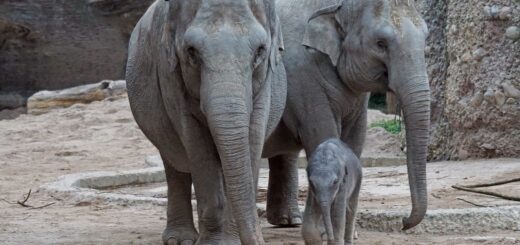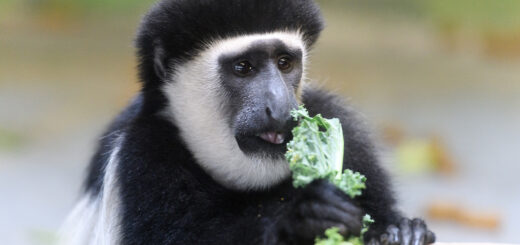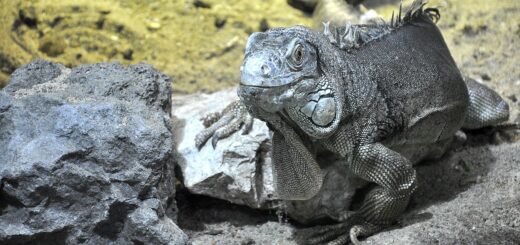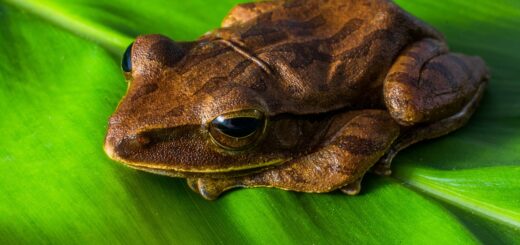Zoo standards for keeping small felids in captivity
Citation
Mellen, J.D. (1997) Minimum Husbandry Guidelines for Mammals: Small Felids. American Association of Zoos and Aquariums
Abstract
The family Felidae is one of the most diverse groups of carnivores, and includes species that range in size from 1 kg (2.2 lb) to over 500 lb (230 kg). Small cats are defined here as those felids having an adult body weight of less than 20 kg (44 lb (Emmons, 1991, p.62). In most “small” felids, a group that covers 29 species, males are larger than females. This group excludes lions, tigers, leopards, snow leopards, and jaguars, Panthera sp.; cheetah, Acinonyx jubatus; clouded leopard, Neofelis nebulosa; and puma, Felis concolor.
In the wild, all species of small cats are more or less solitary, i.e. intolerant toward adults of the same sex, and exhibit a spatially and temporally dispersed social system (Bekoff, Daniels, and Gittleman, 1984). Most species predominate in woodland and woodland fringe terrain although some species may be found in nearly all terrestrial habitat types. While larger species function at or near the top of the trophic level, many small cats also serve as prey for other carnivores. Larger felids, tigers, lions, leopards, etc., also procure substantially sized prey and typically eat only once in several days; many smaller species take rodents and small birds and must hunt and eat several times per day.
 Zoo Standards for Keeping Small Felids in Captivity.pdf 29 KB
Zoo Standards for Keeping Small Felids in Captivity.pdf 29 KB








